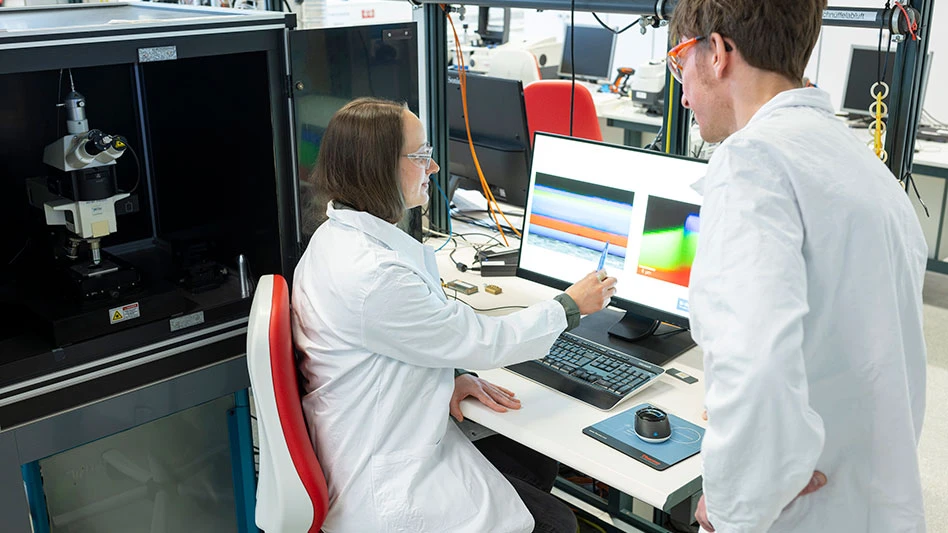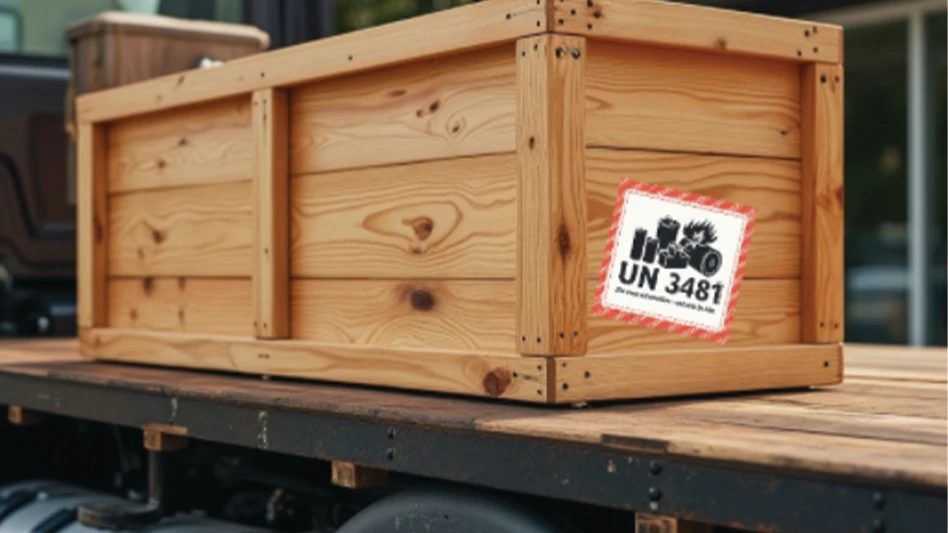
Pricing for a range of postconsumer plastic scrap continues to show strength, but one contact says he feels pricing could plateau before year-end.
The contact, who represents a company that operates material recovery facilities (MRF) in the Southwest, says pricing for polyolefins scrap, in particular, is strong and likely will “remain strong through the end of the year.”

The MRF operator says he feels that the companies reclaimers are supplying with postconsumer resin (PCR) likely will start pushing back on further attempts to raise pricing.
A trader with a postconsumer polyolefins reclaimer that has multiple locations mentions that high-density polyethylene (HDPE) bottle bale pricing has flattened as of mid-August. “The last nine months have been unprecedented with regard to bale pricing and week-to-week increases.”
The availability of more virgin material also could affect scrap and PCR demand and pricing as chemical and plastics plants in Texas resume normal production following the winter storms that constrained their production. However, at least one virgin polyolefins producer still anticipates “sizable order backlogs.”
In the July 30 call regarding LyondellBasell’s second-quarter earnings, Michael McMurray, the company’s executive vice president and chief financial officer, said, “Polyolefin results increased by about $400 million during the second quarter as robust demand in tight markets drove higher prices and margins for polyethylene and polypropylene. We anticipate continued strength in demand and margins for our O&P (olefins and polyolefins) and Americas businesses during the third quarter. While consultants are predicting some margin compression for ethylene, recent outages have caused prices to quickly rebound and demonstrated that markets remain relatively tight. High demand, low downstream inventories and customer backlogs are expected to continue and provide ongoing support for strong polymer margins.”
Mid-August saw postconsumer polypropylene (PP) bale pricing decline by a couple of cents, the MRF operator says. He views this as an indicator that pricing is plateauing. “It doesn’t necessarily mean it will drop,” he says. “I expect it to be in the 35 to 40 cents per pound range for the remainder of the year.”
He notes that as of late December of last year, the same material was selling at 7 cents per pound.
“Imports from overseas are helping fill demand gaps in the domestic market. There is a big influx of materials from overseas taking advantage of commodity prices here, and these imports are increasing the overall supply available.” -- a trader for a postconsumer polyolefins recycler
Polyethylene terephthalate (PET) pricing remains strong, with the MRF operator saying it’s selling for roughly 30 cents per pound as of mid-August. “I give it another 30 to 60 days before it plateaus,” he adds.
A Midwest-based PP and HDPE reclaimer of postconsumer and postindustrial material says scrap supplies are tight. “[It’s] definitely more challenging to get what we need for trading and compounding,” he says. “Some producers are recycling more internally,” the reprocessor says, adding that labor shortages also are affecting material flow.
He notes “historical highs” for pricing on the scrap material his company is purchasing.
The trader says scrap is flowing better than it was in the first half of the year. “Scrap availability has improved considerably from what we were seeing earlier this year. While we still see challenges sourcing materials in different regions, overall it is much better than Q1 and Q2.”
The trader adds, “Imports from overseas are helping fill demand gaps in the domestic market. There is a big influx of materials from overseas taking advantage of commodity prices here, and these imports are increasing the overall supply available.”
A reprocessor of postindustrial and postconsumer plastics with operations in the Upper Midwest mentions the effect of the semiconductor chip shortage in the automotive sector on material flow. “Automotive scrap volumes are down due to the chip shortages, which has slowed production of cars. Other industries, like housing and medical, are still strong.”
Demand for his company’s PCR and postindustrial resins remains robust. “We have been sold out for months. We expect the demand to continue through the end of the year.”
He says pricing for his company’s processed material has been rising consistently in the last four months, fueled by tight supply.
While rising transportation prices threaten to cut into his company’s profitability, he says, “We have been able to pass along the freight price increases to our customers as they all understand the situation in the market.”
The reprocessor in the Upper Midwest notes that transportation remains constricted in light of the driver shortage. “Freight prices have doubled over the past nine months.”
Availability is less of an issue for the PP and HDPE reprocessor. “Transportation is more costly but available,” he says.
The MRF operator says trucking issues are adding to his company’s cost and lead times. “Costs are enormous,” he says, citing the “pinched” labor force as the primary factor.
Latest from Recycling Today
- Supersede launches marine-grade plywood replacement
- Redivivus, Re-New-Able to build LIB recycling facility in Illinois
- Indiana county awarded $65K recycling grant
- Mixed paper, OCC prices end year on downward trend
- Updated: CAA submits final draft program plan in Oregon
- Enviri names new president of Harsco Environmental business
- Survey outlines ‘monumental challenge’ of plastic packaging collection in UK
- Nippon Steel acknowledges delay in US Steel acquisition attempt





